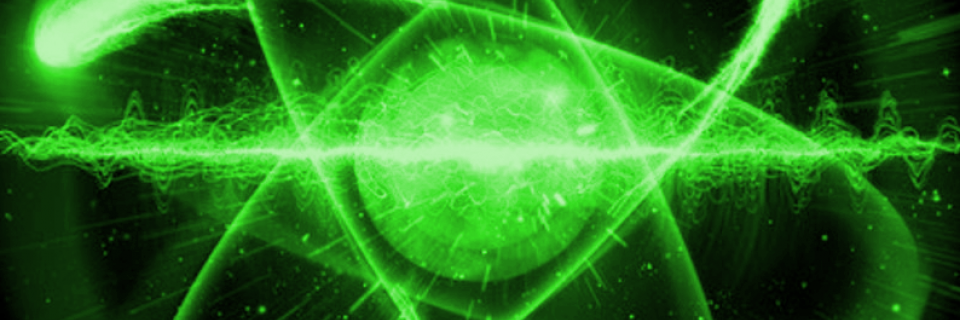
[EN] Side-channel Attack of a Quantum Key Distribution System with Martina Bodini
We are never so vulnerable than when we feel safe. Quantum key distribution systems are the first place to go if looking for best state-of-art secure transmission. They rely on an intrinsic principle, a system cannot be measured without perturbing it so, in theory, quantum encryption keys cannot be intercepted without being noticed. But an algorithm is known to be resistant until it fails, even theoretically perfect setups can be hacked: blinding a receiver is only a way to crack a quantum key, yet leaving no trace. Unconditional secure transmissions could be bypassed by simply acting on the boundary.
Strong quantum physics skills are not needful for delving further into these points, it is important to have knowledge of how quantum computers work, and how they differ from traditional machines: during the talk, an initial overview will provide all the necessary keys to go deeper, from the concept of quantum entanglement, without which quantum computers would not exist, to implications that far outpace conventional approaches to computing.
Working in the Quantum Optics field brought me in close contact with some physical limitations, rather than particular technological weaknesses. A practical quantum key distribution system consists of a transmitter and a series of detectors: in an ideal world the detectors are identical, but in practice manufacturing devices with the same features is literally impossible. As a consequence, for the same quantum key distribution system there are detectors working with different detection efficiencies depending on frequency, polarisation and spatial domain (case 1: detection efficiency of the bits “0” and “1” are unbalanced; case 2: two or more detectors of the same system responds differently when working under identical conditions). A lack of accuracy emerges from the low detection efficiency caused by detectors mismatch, giving an eavesdropper a powerful handle to gain useful information on the key without being noticed. We will see how this implicate a non-negligible probability to break the security of “unconditionally unbreakable” networks: an experimental demonstration of an outstanding side channel attack against a commercial quantum key distribution system conducted by third parties will be discussed.